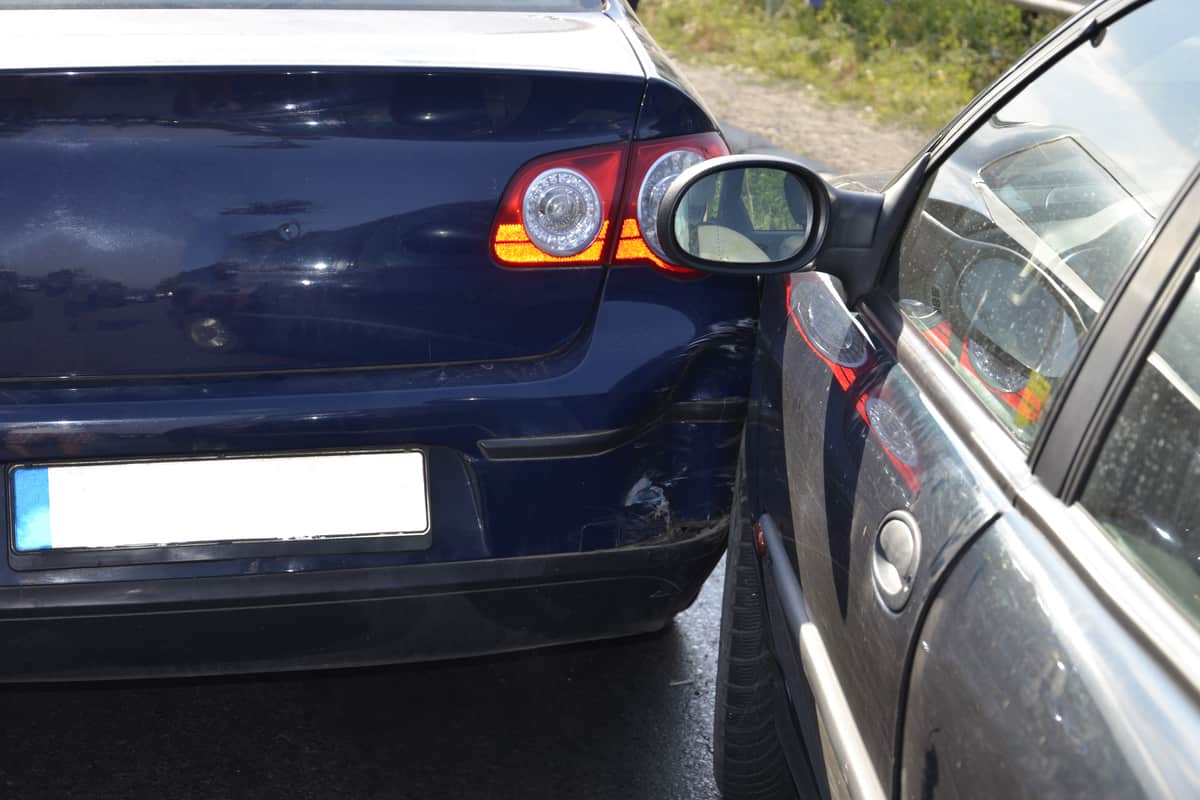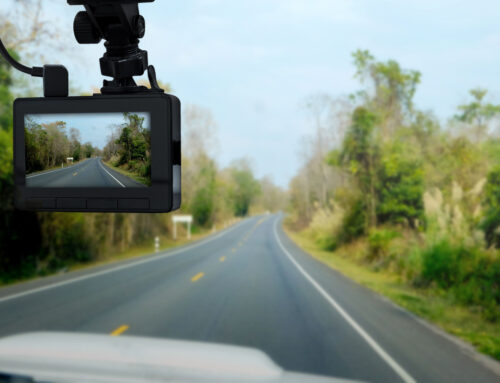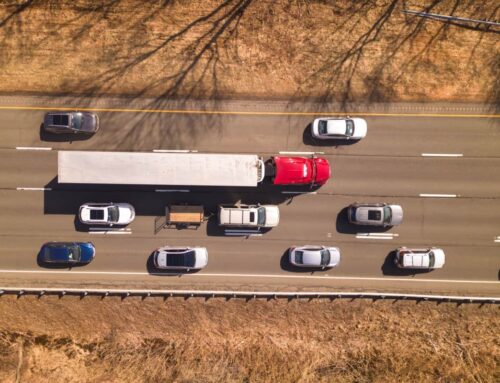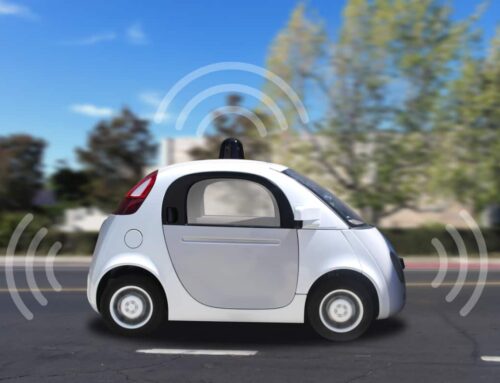Back in 2016, in Vivian, Louisiana, Reginald Martin drove down a wet street in his Honda Accord. It was dark, around 8:30 p.m. At the same time, Rodney Thomas tried to maneuver a Peterbilt tractor-trailer into his driveway, attempting to back up and park the massive truck. Thomas’ truck and Martin’s Accord collided in a squeal of tires.
Martin broke multiple ribs. He fractured his sternum, right leg, and right kneecap. He sustained lacerations on his left leg, including his knee and ankle.
Thomas was employed by Greer Logging. It was a company truck, insured by the company’s insurance—National Liability and Fire Insurance Company. He was off work. The trailer was empty, and his boss had given him permission to drive the truck home.
The Lawsuit That Followed
In 2017, Martin filed a lawsuit against Thomas, Greer Logging, and their insurance. He alleged general negligence against them all, laying the fault on Thomas and attributing fault to Greer Logging because he was their employee and using their truck at the time of the accident.
The logging company acknowledged Thomas was an employee and confirmed Thomas was acting in the course and scope of his employment when the collision happened.
In July 2020, Martin amended his lawsuit, clarifying that Greer Logging was also independently negligent. He alleged the company failed to do thorough background checks on Thomas, nor did they investigate personal references or employment history. Martin claims Thomas was not screened properly, and Greer failed to catch his substandard driving record. He also claims Thomas never received appropriate training concerning driving the truck in reverse.
The lawsuit states Greer is directly negligent because despite their access to knowledge that Thomas may drive carelessly and recklessly, they took an unreasonable risk and entrusted the vehicle to a driver who may physically harm other drivers.
Greer Logging motioned to dismiss the direct negligence claim and both state trial and appellate courts granted the motion to dismiss. The courts translated Louisiana law to not allow plaintiffs an avenue to claim direct negligence against an employer while claiming the employee’s negligence caused damages. Previously, if an employer admitted that the accident occurred during the course and scope of the employee’s job, then the employer could only be vicariously liable for the employee’s negligence.
This June, the Louisiana Supreme Court reversed Greer Logging’s motion. The 7-0 opinion states that Martin can pursue both direct negligence and vicarious liability claims against the company. The court found that even though the law can be inconsistent, it also allows for a defendant to take two or more courses of action when trying to determine the amount of negligence contributed to each party involved in the crash.
But how does comparative negligence law fit into this immense equation? Defining the terminology is the first step in understanding the law.
Defining Comparative Negligence
According to 2020 estimates from the National Safety Council (NSC), vehicle crashes cost more than $474 billion in damages from property damage, injuries, and deaths. Determining fault assigns who that money is coming from and who gets that money.
Each state has laws to determine fault and liability in personal injury claims. Many states have adopted comparative negligence laws, establishing all the responsible parties in a vehicle crash and whether blame for a crash needs to be divided when two or more drivers are involved. This determination of negligence decides how much compensation is received for damages and who receives it.
There are three types of comparable negligence:
- Pure comparative negligence
- Modified comparative negligence
- Slight-gross comparative negligence – only used in South Dakota
Louisiana is one of 12 states to have adopted a pure comparative negligence rule. Unlike many other states where drivers responsible for most of the fault are ineligible to recover compensation for injuries, Louisiana drivers can bear much of the responsibility for a crash and still receive compensation for their damages.
Under Louisiana Civil Code 2316, a person is responsible for any injuries or damage they cause to someone else because of a callous act, negligence, a lack of skills, or their recklessness or carelessness.
Louisiana Civil Code 2323 expands that spectrum by bringing in comparative fault, allowing someone to file a claim even if they were partially at fault. The claim is dependent on the percentage they were deemed to be at fault—if a judge or jury determines a plaintiff carries 75% at fault, 25% of their damages can be recovered.
Each party’s insurance company can compare faults between two or more parties, and these percentages of fault can range from 1% responsible to 99% responsible. A judge or jury can also determine these percentages. Each person has a right to file a claim for the percentage for which they are not culpable.
All types of personal injury claims adhere to this rule. Even if someone dies partially because of their own fault and partially due to someone else’s negligence, there are still grounds for a wrongful death claim to recover compensation. This also means employers may be accountable for both their wrongful acts and the wrongful acts of employees in the course and scope of their employment.
Impact of the Case
In Martin’s negligence claim, the monetary responsibility of Greer Logging in the crash is weighed on a combined percentage of both vicarious liability and direct negligence. The addition of the direct negligence claim against the employer holds them independently accountable for their neglectful acts that allowed an unsafe driver to represent them on the road.
A direct negligence claim against an employer can find negligence in:
- The hiring processes
- Employee supervision
- Training and retention
- Entrusting employees
So, when the Louisiana Supreme Court would not allow the dismissal of the direct negligence claims against Greer Logging, they were keeping with the state’s system of comparative fault. Comparative negligence laws assess the fault of all the parties involved in an injurious incident and hold responsible parties at fault for their proper share of the fault.
This new standard will alter future litigation regarding commercial vehicles, and these comparable fault rules may spread to other employers in other industries. Direct negligence claims open more potential exposure for allowing negligent employees to work for them.
Legislation has been in play to limit the reach of pure comparative negligence regarding commercial motor carriers. In 2022, Louisiana’s Legislative Session introduced
House Bill No. 843, which frees trucking companies of independent negligence if the company admits vicarious liability for a driver’s actions. The bill died in committee hearings.
Depending on the outcome of Martin v. Thomas, the probability is high that a similar bill will circulate in 2023’s legislative session.








